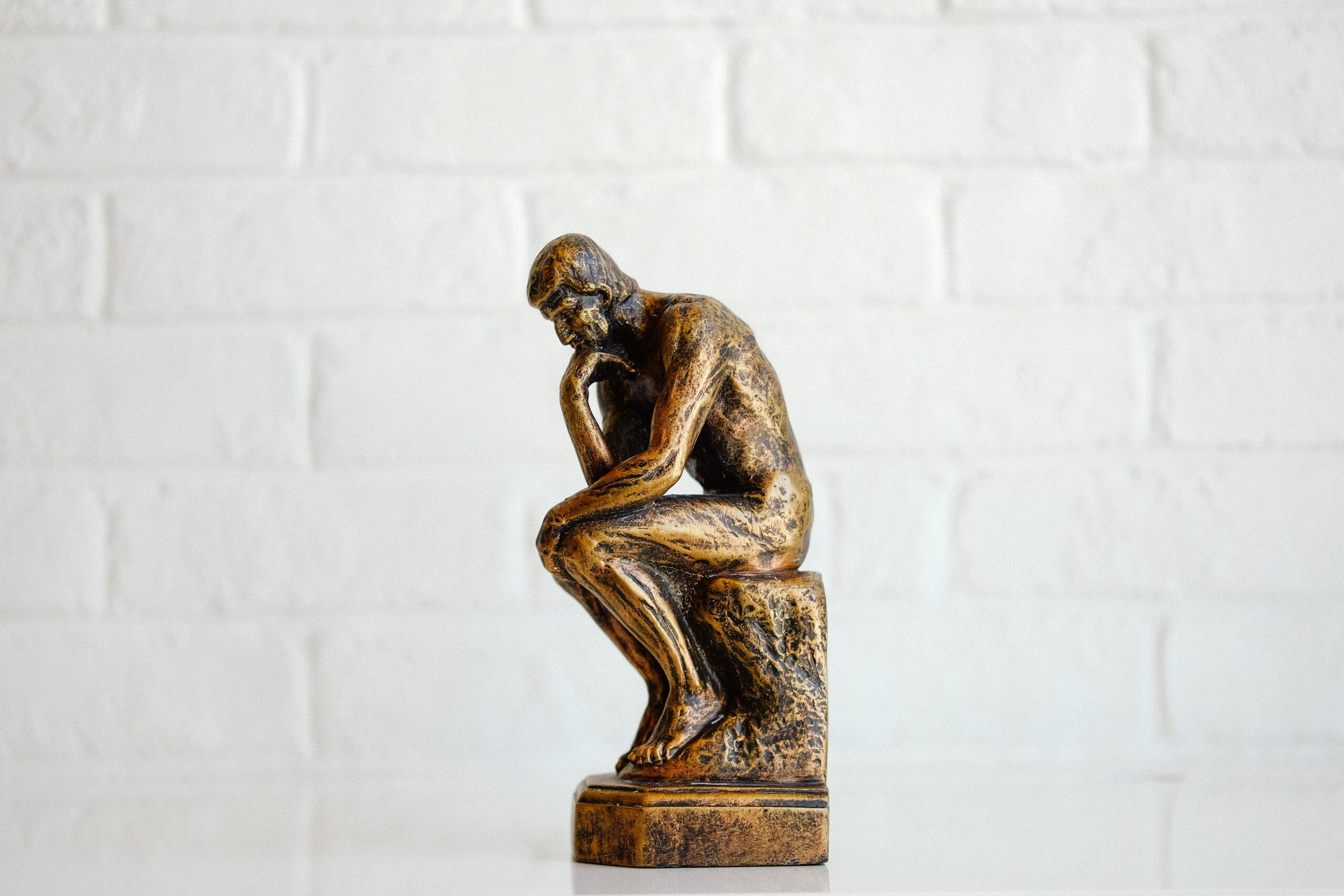In a world saturated with choices, constant information, and a relentless drive for productivity, overthinking has become a silent struggle for many. It sneaks into our decision-making, relationships, and even our creative lives, often paralyzing us with doubt and second-guessing. But what if not overthinking is an art—a skill that can be learned, practiced, and eventually mastered?
This article explores the art of not overthinking and how embracing simplicity and presence can lead to a more mindful, fulfilling life.
What Is Overthinking, Really?
Overthinking is the habit of dwelling excessively on a problem, situation, or decision. It often masquerades as being thorough or cautious, but in reality, it leads to unnecessary stress, indecision, and mental fatigue. Overthinkers tend to replay scenarios in their minds, worry about all possible outcomes, and struggle to trust their own judgment.
This mental loop can be especially harmful to creatives and artists, whose work depends on clarity, spontaneity, and emotional freedom. The fear of making the “wrong” creative choice can be paralyzing.
The Beauty of Simplicity
Simplicity doesn’t mean lack of depth—it means clarity. The art of not overthinking starts with recognizing that not every question needs an elaborate answer, and not every situation requires endless analysis.
Great artists and thinkers throughout history have embraced the power of simplicity. Leonardo da Vinci famously said, “Simplicity is the ultimate sophistication.” In design, in writing, and in painting, simplicity often results in stronger, more impactful messages.
Applying this mindset to everyday life means giving yourself permission to:
- Make a decision without knowing every variable.
- Trust your first instinct.
- Leave space for uncertainty.
Letting Go of the Need for Control
At the core of overthinking is a desire to control outcomes. We believe that if we think long and hard enough, we can prevent mistakes or avoid pain. But life is inherently uncertain, and part of mastering the art of not overthinking is learning to be okay with not knowing everything.
Mindfulness practices like meditation, journaling, or simply being present in the moment help cultivate this mindset. They train the brain to observe thoughts without becoming entangled in them.
The Role of Creativity
In the creative process, overthinking often manifests as perfectionism or fear of judgment. A blank canvas or an unfinished draft can become a battlefield of “what ifs.” But creativity thrives on flow, not friction.
To counteract overthinking in art, consider these strategies:
- Limit your time: Give yourself a short window to make creative decisions.
- Use constraints: Limit your palette, tools, or materials to reduce choices.
- Embrace mistakes: Allow accidents and imperfections to shape your work.
By reducing mental clutter, you open yourself up to creative breakthroughs.
The Art of Choosing Less
One of the most powerful tools against overthinking is limiting your inputs. In a digital age, we are bombarded with content, opinions, and conflicting advice. Reducing the noise allows you to hear your own voice more clearly.
Try these small shifts:
- Unfollow accounts that make you feel anxious or inadequate.
- Schedule regular breaks from social media.
- Prioritize reading long-form content over constant scrolling.
Choosing less doesn’t mean doing less. It means doing what matters most, with intention.
Cultivating Inner Stillness
Stillness doesn’t require you to stop everything; it simply asks you to be present. Even in a busy life, small moments of pause—like sipping tea without distractions or walking without headphones—can help reset your mental state.
When the mind is quiet, clarity has room to enter.
Trusting Yourself
Ultimately, the art of not overthinking is about self-trust. It’s believing that you are capable of making good decisions, handling outcomes, and adapting when things don’t go as planned.
Every time you choose to act instead of obsess, decide instead of delay, and breathe instead of worry, you build a more resilient mindset.
Conclusion
The art of not overthinking is not about ignoring problems or acting recklessly. It’s about simplifying your thought process, trusting yourself, and choosing presence over paralysis. It’s about finding clarity in a noisy world and giving yourself the mental freedom to live and create with intention.
In both art and life, the most beautiful things often arise not from over-analysis, but from letting go.


